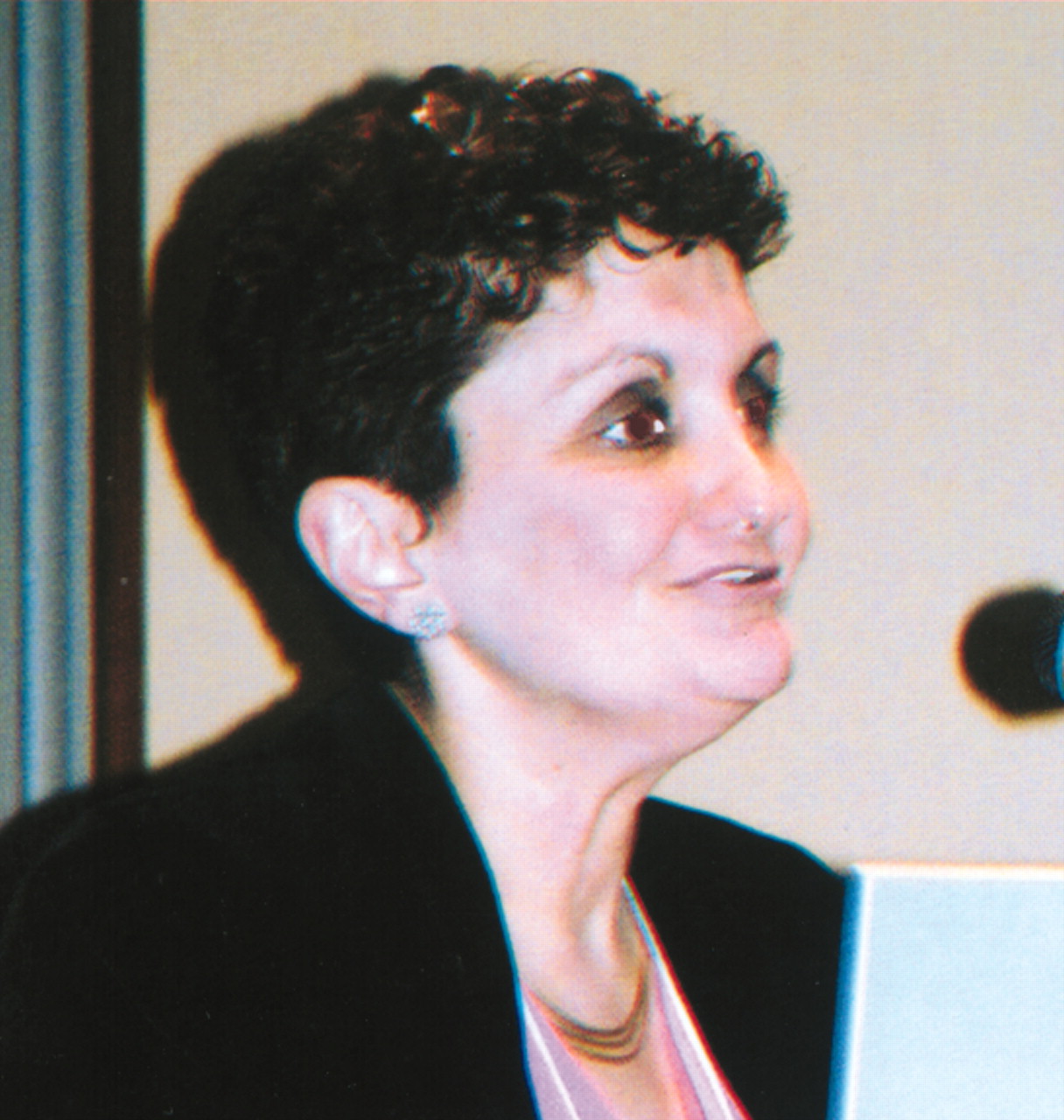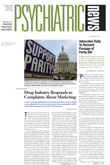Nearly 30 years of experience tells Elizabeth Weller, M.D., that the controversial diagnosis of childhood bipolar disorder is real, but the way it presents in children is significantly different from the way it presents in adults.
“In 1975, when I was a resident, no one believed bipolar disorder existed in children, despite the fact that Kraepelin, as early as 1921, identified it, saying though that it was rare,” Weller told a standing-room-only audience at her Distinguished Psychiatrist Lecture at APA’s annual meeting in May.
Weller is a professor of psychiatry and pediatrics and vice chair of psychiatry at the University of Pennsylvania School of Medicine.
Through the early 20th century, no one diagnosed bipolar disorder in children, Weller said, because it was thought that “normal childhood behavior was sort of hypomanic.”
Today, nearly 100 years later, there is still resistance to diagnosing the disorder, which Weller believes not only does occur in children, but also is very often either misdiagnosed or not diagnosed at all.
“In one of our studies, back in 1986,” Weller said, “we went back through 157 case reports of ‘disturbed children’ in the literature. We blinded them, rediagnosed them, and found that 73 cases met criteria for bipolar disorder. Then looking back at the cases, we saw that only 12 of those had carried a diagnosis of bipolar disorder.”
Other research, she noted, has found that the average time elapsed between the onset of symptoms in children with bipolar disorder and actual diagnosis is around eight years.
Mania in Children
Mania in children is very different from the classical presentation found in adults, according to Weller. According to adult criteria, she said, “mania in children is 100 percent atypical.”
“Rather than grandiosity or euphoria in children and adolescents, the mood is most often irritable,” she said. “They often have a decreased need for sleep—not insomnia, but an actual ability to function well on much less sleep than normal. Psychotic symptoms are also extremely common in children and adolescents with mania, which is why they are often misdiagnosed with schizophrenia,” she told Psychiatric News.
Symptoms may also vary depending on the age of the child at onset of the illness, she indicated. In one of her studies, she and colleagues found that for children aged 1 to 8, the predominant symptoms were irritability and psychomotor agitation, while those aged 6 to 12 were almost evenly split between an elevated mood and irritability.
With most of the patients over age 9, symptoms began to look more like those of an adult, with elation, grandiosity, emotional instability, paranoia, and a general heightened state of sensory arousal.
She reiterated that full manic episodes, according to DSM-IV criteria, are almost never seen in children. Episodes in children are not nearly as clear cut, and duration is often not long enough to satisfy the criteria. Most children would most closely match criteria for mixed episodes or cyclothymia, she said.
“Several studies now, including our own,” Weller told Psychiatric News, “have documented that children who have mixed episodes or are cyclothymic, overwhelmingly—nearly 40 percent to 50 percent—grow up to be adults with full mania.”
Differential Diagnosis
“Comorbidity is the reason we have so much trouble making this diagnosis, because mania occurring alone is actually extremely rare in children,” Weller said.
The most common comorbid conditions with child-onset bipolar disorder, according to several studies, are attention deficit/hyperactivity disorder (ADHD) and conduct disorder (CD). Anxiety disorders, substance abuse, and personality disorders can also occur comorbidly, Weller noted.
Studies have indicated between 40 percent and 90 percent of children with bipolar disorder also have ADHD, and around 50 percent have comorbid CD.
In a study of 320 hospitalized children with bipolar disorder, Weller found that 28 percent had only bipolar disorder, while 37 percent had two diagnoses, and 27 percent had three or more diagnoses.
ADHD more commonly occurs alone (about 20 percent of children with a primary diagnosis of ADHD have bipolar disorder as well), but the two share several characteristics—hyperactivity, distractibility, irritability, decreased need for sleep, and temper tantrums. But, Weller said, there are also characteristic differences in the presentation of the two.
“In children with ADHD, from the time they start walking, they are wearing the soles right off of their tennis shoes,” she said. “With bipolar, the hyperactivity is much more episodic.”
One key to differentiating bipolar illness from ADHD is the child’s response to medications. Children with ADHD do not respond to a mood stabilizer, according to Weller, but for children with true bipolar disorder, mood stabilizers are usually “wonder drugs.” Conversely, a stimulant, which helps patients with ADHD, pushes a bipolar child into increased symptoms of mania.
CD is distinguished from bipolar by a characteristic lack of guilt—children with CD will do something wrong, but have no remorse, Weller said, whereas bipolar children often feel guilty, even for no reason. Children with conduct disorder also often feel paranoid, as do children with bipolar illness, “but paranoia in kids with conduct disorder is not evidence of psychosis,” Weller emphasized, “it’s justified—they did something wrong, and now someone is out to get them!”
Schizophrenia, she pointed out, the most common misdiagnosis for these children, is distinguished by having a more insidious onset, with no rush of speech or flight of ideas.
Getting the diagnosis correct, Weller stressed, leads to the correct treatment pathway.
“All patients with bipolar disorder must be on a mood stabilizer as the medication of first choice,” Weller said. “I personally like lithium—in smaller doses than we used to use—however, there are several [mood stabilizers] now that are promising.” (See story on
page 27.) ▪

